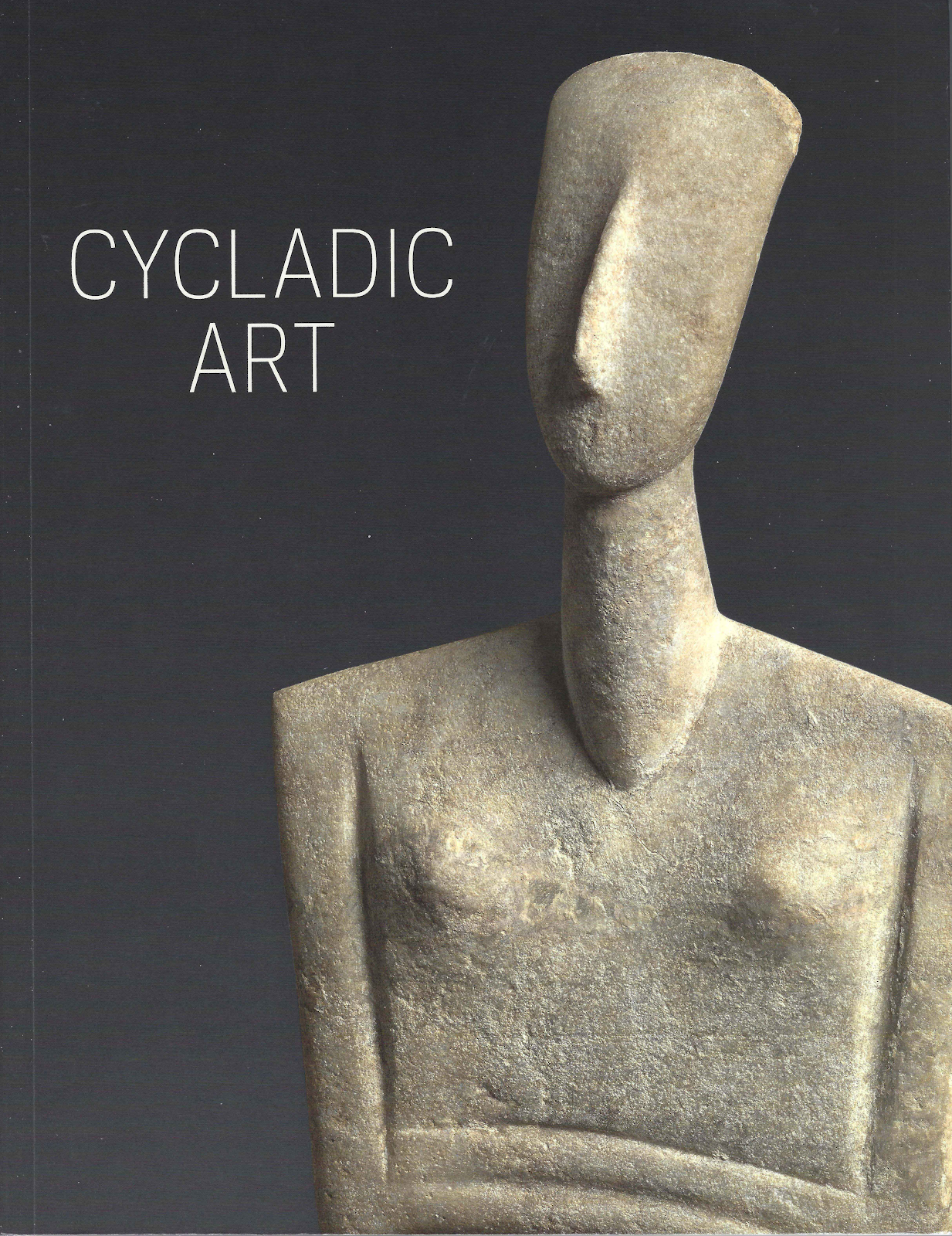 |
| Source: MiBAC |
Readers of LM will have noticed that I have been blogging less on cultural property issues (though broader heritage issues are discussed on "
Heritage Futures" written with my colleague Professor Ian Baxter). I started the year with a number of
predictions, some of which appear appear below.
Syria and Iraq
2015 has been dominated by archaeological destruction in Syria and the debate about the amount of archaeological material turning up on the European market, particularly in London. In January there was a major conference on the scale of the problem at the
British Academy in London. This topic was the focus of a carefully researched
BBC File on 4 documentary. Sites in Syria and Iraq have been deliberately destroyed (e.g.
Mosul,
Nimrud,
Temple of Bel at Palmyra,
Temple of Baal Shamin at Palmyra). The red list for Syria can be found
here. Archaeological material from Syria continues to be
intercepted.
Cuneiform tablets were intercepted at
Memphis.
United Kingdom
It is a year since a major Anglo-Saxon hoard was unearthed at
Lenborough. During the year there has been much debate about the use of metal-detectors on undisturbed archaeological sites. There is a need to revisit the issues raised by a
forum piece for the Institute of Archaeology.
There are reports of heritage crime at the world heritage site of
Hadrian's Wall. The BBC raised the issue of so-called "
nighthawking".
Operation Chronos was launched in Essex. A Roman altar was stolen from
Stenhouse museum in Cumbria, as were the heritage signs at
Woodhenge. The
Heritage Alliance released its manifesto for heritage prior to the UK General Election. The dangers of metal-detecting at
Icklingham were revealed.
Switzerland and the Becchina Archive
The Italian Government revealed the quantity of material recovered from warehouses linked to
Gianfranco Becchina in Switzerland.
The Michael C. Carlos Museum at Emory University continues to retain objects derived from Greece that have been identified from the
Becchina dossier. The same is also true for the Archaeological Material in
Madrid where material from Italy has been identified. Other items in a
UK museum have been linked.
A
statue of Mithras was seized in Italy as it was being transported to Switzerland.
Italy
Further links were made between the
Dietrich von Bothmer collection and Italy. A bronze statue stolen from the museum in
Pesaro has been returned from the US after being seized in a Manhattan auction-house. The
Horiuchi sarcophagus was returned to Italy. The
US authorities also returned a range of material to Italy. Details can be found
here.
US Museums
Marion True has represented her version of events surrounding her links with antiquities.
Greece
The
Koutoulakis herm was returned to Greece.
Part of the
Parthenon architectural sculptures were loaned to Russia showing that the British Museum is willing to display this part of world heritage outside the UK.
Papyri and Coins
The collecting history of the "
Sappho Papyrus" continued to be debated. There has been equally impassioned discussion of the
Gospel of Jesus' Wife.
An important study of coins on the market was published by
Nathan Elkins.
The Antiquities Market
Concerns about the antiquities market continue to be raised. This includes
glass from Egypt turning up in London. Christie's has again had to withdraw objects from sales in
April,
October and
December. Wider issues about the
due diligence process have been raised. The overall value of sales of antiquities in New York appears to be
diminishing.
India
The
National Gallery of Australia returned material to India. Related material has been returned from
Honolulu.
Further Research
The need for further research into Art Crime was made by
Lynda Albertson at a conference at Queen Mary's University of London.






















